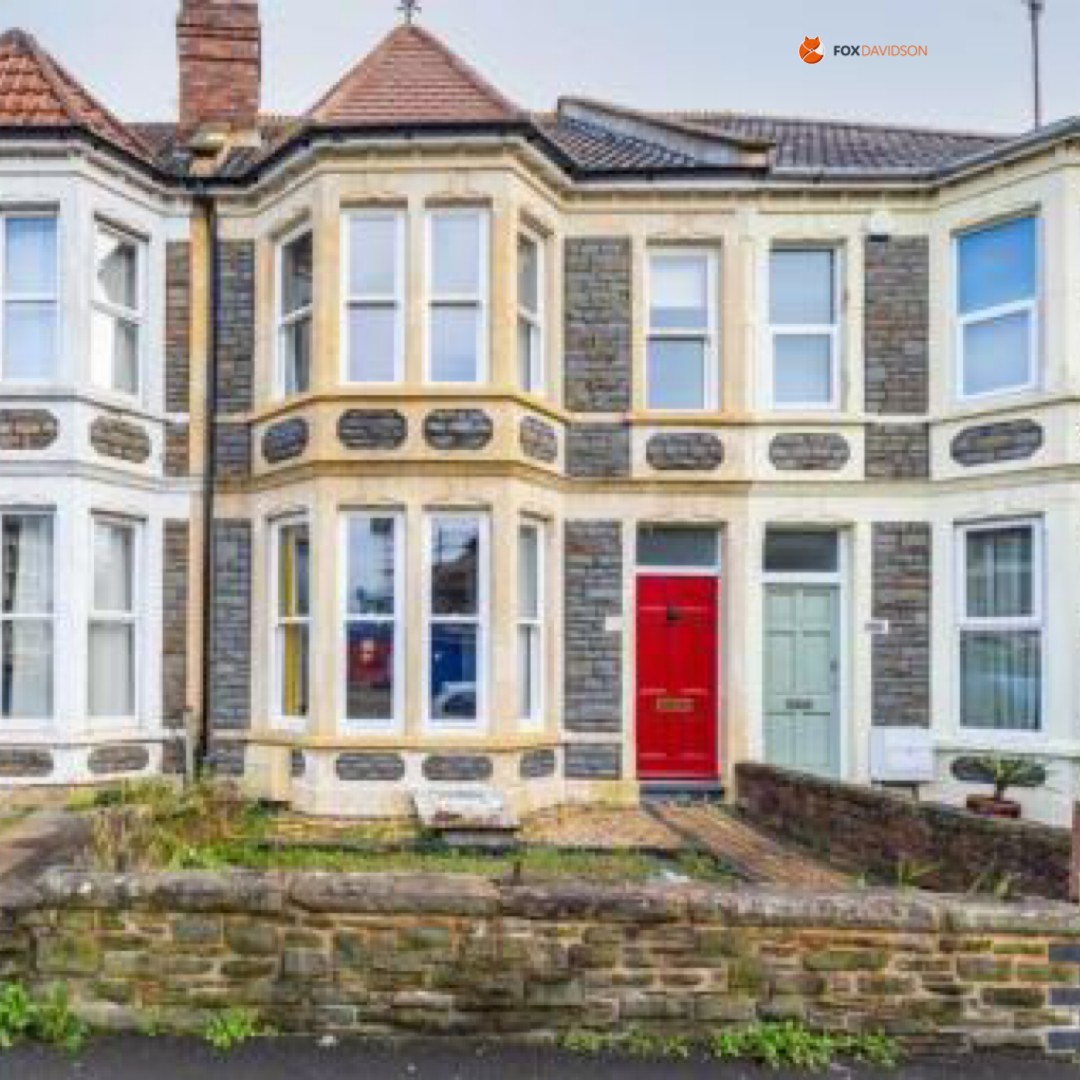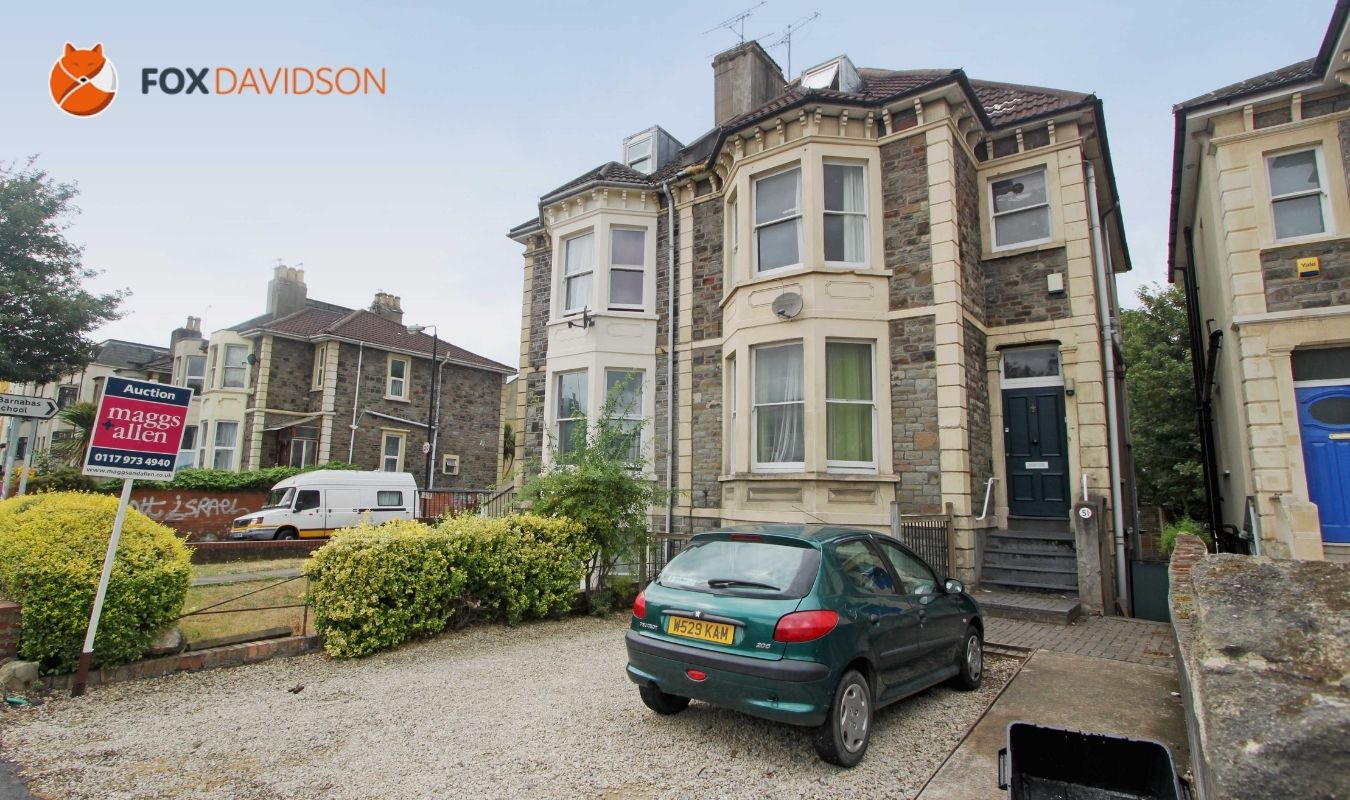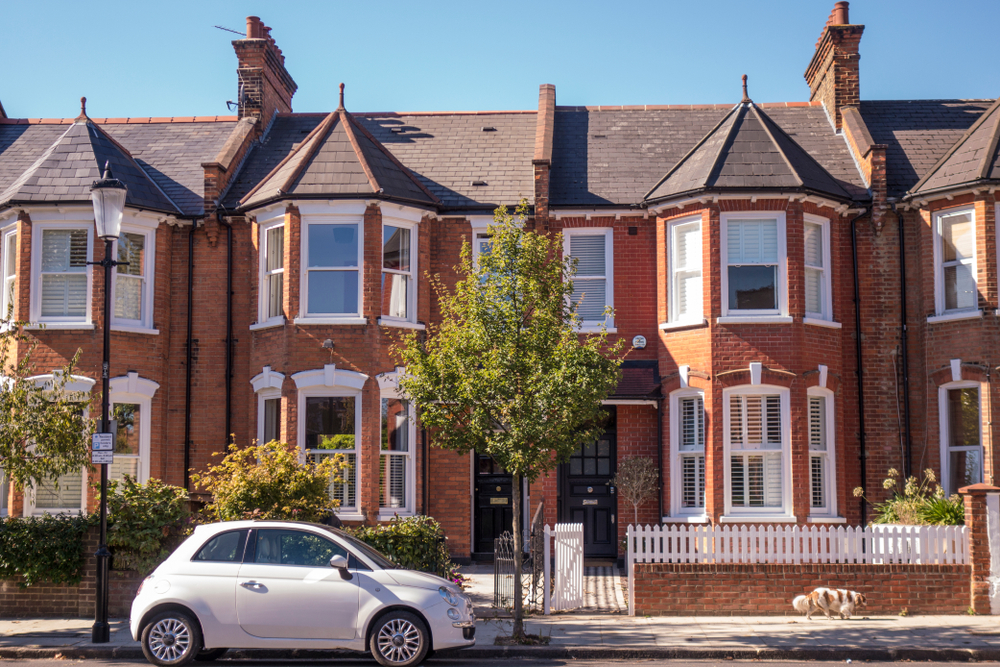The Complete Guide to HMO Mortgages.
Updated July 2024
Fox Davidson is a multi-award-winning UK mortgage broker that works with landlords to secure market leading HMO mortgages. This is our complete guide to financing a HMO property, and should answer all of your questions. We have also written a guide on the best places to buy an HMO in the UK.

What is a HMO?
HMO stands for house of multiple occupation. Under new rules introduced in October 2018 any property occupied by 5 or more people forming 2 or more separate households will need to be licensed.
What are HMO mortgages?
A HMO mortgage is a special type of buy to let mortgage that is used to finance a HMO property. Specialist UK buy to let lenders with specific HMO mortgage products and criteria will lend on a HMO property. The loan amount for a HMO mortgage will be based on the market rent for the subject property.
What are the different types of HMO?
A HMO can apply to many different types of property. Some of the most common include:
- Bedsits
- Shared houses
- Individual shared self-contained flats
- Blocks of converted flats
- Accommodation for workers/employees
How to finance a HMO property.
The best way to finance a HMO property is to use a professional mortgage broker who has access to HMO mortgage lenders. This is because HMO mortgages are offered by lenders that lend direct to consumer and lenders that only lend through specialist buy to let mortgage brokers. By using a mortgage broker you are giving yourself access to all of the HMO mortgage providers and therefore the best chance of securing the best finance possible.
Fox Davidson are a specialist buy to let mortgage broker and secure HMO mortgages from across the market. We have access to 1000’s of HMO buy to let mortgage products.
Licensed HMO’s.
It is important to note that there is a difference between HMO mortgage lenders that will lend on smaller unlicensed HMO’s and those that will lend on larger licensed HMO’s.
A small HMO will have the planning use C3 which means that the property can also be sold and used a person’s main residence. A licensed HMO requires a change in planning to C4 use or sue-generis use (as in the case of purpose-built student lets).
A small HMO is also known as a multi-let. The tenants may be professionals or students but the property will not require a HMO license.
A mortgage lender will lend based on risk and must consider their situation in the event of repossession. A property that has C3 use will arguably be easier to sell as it may be purchased by investors as well as owner occupiers.
HMO Mortgage Criteria.
Each HMO mortgage lender has their own set of criteria and their criteria will cover many points, the key points are explained below.
The Applicant
A mortgage lender must assess the client’s ability to pay the mortgage and their experience. Lenders will look at an applicant’s income, buy to let experience and their credit history.
Many buy to let lenders require an applicant to have a UK taxable income. You should note that if you have existing buy to let properties a lender will be looking to see that these are declared to HMRC. The income from your buy to let portfolio (if owned in a personal name) will show on a tax return as profit from land and property.
Your experience of owning a property is an important factor as many lenders will only lend if you own a property (main residence or buy to let). In the case of financing a licensed HMO some lenders will require that you already have an existing buy to let.
The number of buy to lets you have will directly affect the number of lenders that will lend. Portfolio landlords are defined as those with 4 or more properties. Lenders are required to carry out increased underwriting for portfolio landlords and may ask you for a business plan, a cash flow forecast and will also ask you for a spreadsheet of your portfolio. Fox Davidson will work with you to complete each of these documents, if they are requested.
Many of the mainstream buy to let lenders do not have capacity to underwrite application from portfolio landlords and will refuse to lend to you if you are a portfolio landlord or will become a portfolio landlord with the purchase of your 4th buy to let property.
The Property
Each mortgage provider will have an appetite for certain property types. The lender will consider the planning use for the property, the number of bedrooms, the number of kitchens and also if there is any commercial use. The location of the property, both geographically and in relation to commercial properties, can also affect a lenders decision to lend.
The Tenant
The number of tenants and the type of tenants (professionals, company lets, professionals, DSS etc.) will affect the mortgage providers decision to lend.
The Loan
There are two key points regarding the loan amount that can affect the mortgage providers that will lend; the size of the loan and the loan to value. The maximum loan to value for a multi-let or an HMO is 85% but most lenders will only lend up to 80% or 75% loan to value. It is possible to secure 100% loan to value using additional security.
The loan amount also has a bearing on the lender. Many mainstream lenders will only lend up to £500,000 per property and will have exposure limits of £1million to £2million across all lending with that lender. There are then those lenders that have an appetite to lend on large HMO’s and portfolios of HMO’s. These lenders will lend above £1million per property and will finance a portfolio of HMO’s with lending above £2million.
The rent to loan calculation used by lenders also greatly affects how much you can borrow. The PRA buy to let rules introduced in September 2017 have a bearing on how to secure the maximum loan amount for your HMO.
The Valuation
A regular buy to let lender will value the property using a bricks and mortar valuation. This type of valuation will value the property of as if it were to be sold on the open market to both a buy to let investor and also a purchaser wishing to buy the property for themselves to live in.
The larger licensed HMO properties can be valued by some lenders on an investment basis. The investment valuation of an HMO will consider the bricks and mortar valuation as well as the value of the property as an investment, taking account of the income the property generates.
Investment valuations are more readily considered if the property is in an area of designated HMO properties. An example would be a HMO property near to a university where many of the other properties in that area are also HMO’s.
You can read more information in our comprehensive article on investment valuations for HMO’s.
The best HMO mortgage rates.
The best HMO mortgage rates will be made available to C3 use properties let to professional sharers or students and from applicants that are not classed as portfolio landlords. The best HMO mortgage rates are available to applicants buying in their own personal name, as preferred to buying in the name of a limited company.
Fox Davidson use the latest technology to source the best HMO mortgage rates from across the market. We can secure the best mortgage rates for all types of clients and for all types of HMO property.
Limited company HMO mortgages.
Limited company buy to let HMO mortgages have increased in popularity since tax changes were introduced affecting how buy to let income is taxed in your own personal name.
The same lenders that have an appetite for lending on licensed HMO’s will also lend to applicants wishing to purchase or remortgage a HMO owned in a limited company name.
HMO mortgage lenders will lend to both special purpose vehicle (SPV) limited companies and existing trading limited companies.
HMO Mortgages – FAQ’s.
Are HMO’s a better investment than a normal buy to let?
HMO’s are a popular choice for landlords as the yields are higher. A typical yield on an HMO in Bristol would be around 6% to 9% compared to 4% to 5% on a standard property. In London the yields for a normal buy to let are as low as 2 or 3%.
With the increased money from rental income also comes increased risk. With multiple tenants to manage HMO properties are susceptible to increased damage from tenants and pose an increased fire risk.
The lending terms including the rate and the set up costs are higher for a licensed HMO than they are for a standard buy to let or unlicensed multi-let property.
Do all HMO’s need a license?
Not all HMO’s require a license. Your local council will set its own HMO licensing requirements.
Typically, a HMO that definitely needs licensing will meet the following definition:
A property that has three storeys or more (including cellars, attics, basements, mezzanine floors and loft conversions) and is occupied by five or more people from two or more households and has tenants who share some amenities like kitchen, bathroom or laundry.
Smaller HMO’s (3 or more tenants) may need licensing and this will depend on the local councils’ HMO requirements for that area.
You can visit this government link to register your HMO license https://www.gov.uk/house-in-multiple-occupation-licence.
Some houses of multiple occupation require a license to maintain housing standards. The Bristol City Councils’ website states that a HMO property is 16 more times likely to have a fire when compared to a standard property.
If you wish to manage a HMO you will need to pass fit and proper tests and the property will need to have smoke alarms and annual gas checks to ensure it is compliant.
There is a fee for a license, you can find more information on your local Councils’ website.
How big is the HMO market in the UK?
It is estimated that there are approx. 480,000 HMO’s in the UK in 2024. The number is expected to increase as landlords look to increase rental yields to combat rising interest rates.
The latest data from Shawbrook bank reports an increase in the number of landlords taking out an HMO mortgage. In 2023 27% of its business was secured against an HMO but that number is already up to 34% in 2024.
In addition, the HMO take up by non-portfolio landlords has risen from 17% to 21%.
Where is the best place to buy an HMO in the UK?
The best place to buy an HMO property in the UK in 2024 is Bristol. Research from Aldermore bank list Bristol as the number one place to invest in a buy to let in 2024. Bristol has strong tenant demand thanks to its two world class universities and major employers including airbus and Imperial Brands Plc.
UK HMO Rental Yields.
Rental income across the UK has increased year on year. Data from the office for national statistics (ONS) shows that the average private residential rents were up by 6.1% England, 7% in Wales and 6.8% in Scotland for the 12 months ending January 2024 compared to January 2023.
Typical HMO yields taken from our own data range from 6% to just over 9%.
What is a good ROI on HMO?
When looking at rental yield a good ROI on an HMO is 7.5% plus gross yield. Due to increasing property prices over time you should hope to see positive capital appreciation too.
What is good rental yield in the UK?
A good rental yield in the UK in 2024 is 6.8% which is above average for the UK. The lowest yields in the UK are in Cambridge where yields are 4.5% and highest in Sunderland where yields are 8.9%.
Yield data from Zoopla.
What is a typical HMO yield?
According to internal data at Fox Davidson a typical HMO yield in the UK in 2024 is 7.5%. Some of our landlords are achieving double figure yields.
There are varying factors that can affect the yield including the demand in the area, property location and the condition of the property. Newly refurbished HMO properties all with en-suites in good locations next to universities or hospitals usually demand the highest yields.
How much rent do you get for HMO?
Rent from an HMO will always be higher than a standard family let as you are charging per room. A typical family let at £1,200 per month for a 4-bed property would achieve approx. £2,400 if let as an HMO at £600 per room, per month.





